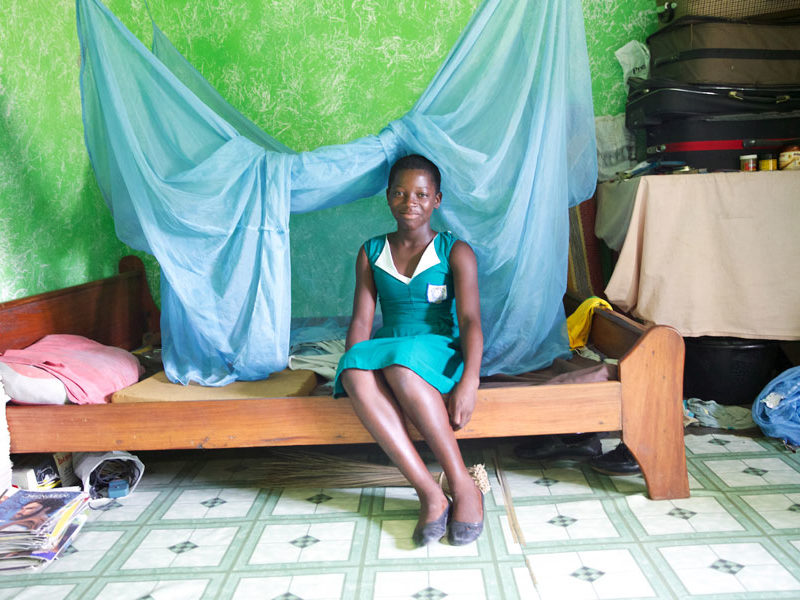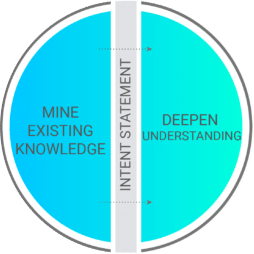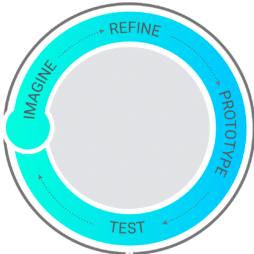
Phase 1: Define

Phase 2: Design & Test

Phase 3: Apply


Human-Centered Design (HCD) is a framework or mindset for solving problems that emphasizes the human perspective in order to create the best possible results. It is not a top-down approach, but rather a collaborative process experienced together with the very people who will benefit from whatever innovation or tool is being developed.
The design-thinking process, as facilitated by the Johns Hopkins Center for Communication Programs, can help practitioners leverage their creativity to achieve novel solutions to complex problems, most often in the public health space. The design thinking process includes five distinct, yet interconnected, steps — empathize, define, ideate (brainstorm), prototype, and test.
Click on the steps below to learn more.
The Social and Behavior Change Flow Chart is CCP’s design process for social and behavior change activities to address health or development challenges. The SBC Flow Chart comprises three phases, Define, Design and Test, and Apply. This integrated approach draws on design, behavioral science, community engagement, market research and communication, and brings together the strengths of each discipline, methodology and technique to create new opportunities for innovative SBC solutions.
Phase 1: Define

Phase 2: Design & Test

Phase 3: Apply

Receive the latest news and updates, tools, events and job postings in your inbox every month